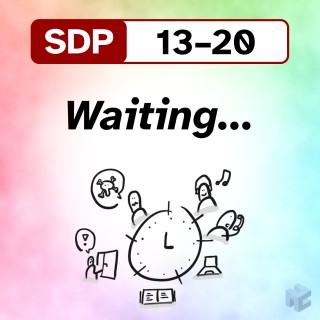

In this first “long-form” episode of the Service Design Principles podcast, we explore how the perception of time influences people’s experiences of waiting. We use examples such as train journeys and elevator lobbies to illustrate how changing the environment or offering distractions can alter perceptions of waiting time.
Then we go into the concept of ‘cooling-off’ periods in various contexts, like medical decisions and major purchases, emphasising the need for waiting in certain decision-making processes.
The conversation shifts to practical strategies in customer service, focusing on modern solutions like callback options in hotlines and designing more thoughtful on-hold experiences. We highlight the importance of transparency and communication in setting realistic expectations and providing clear information to enhance customer satisfaction.
We talk about the potential of using waiting time creatively, suggesting that waiting periods can be transformed into opportunities for education and engagement, offering examples where waiting time is utilised to provide informative content or entertainment.
The role of smartphones in waiting scenarios is also discussed. We acknowledge the prevalent and almost addictive use of mobile devices but suggest that allowing phone usage in waiting areas can be beneficial.
We then conclude that waiting can actually have a strategic value in service design. When managed appropriately, waiting can be an integral and constructive part of the service experience.
Chapters:
Rory Sutherland TED talk: https://www.ted.com/talks/rory_sutherland_life_lessons_from_an_ad_man
New York Times article on increasing walking times at Houston airport reduced complaints about luggage delivery times: https://www.nytimes.com/2012/08/19/opinion/sunday/why-waiting-in-line-is-torture.html (Sorry for the paywall - this was the earliest source I could find for this)